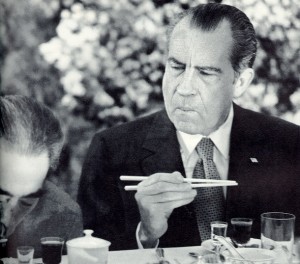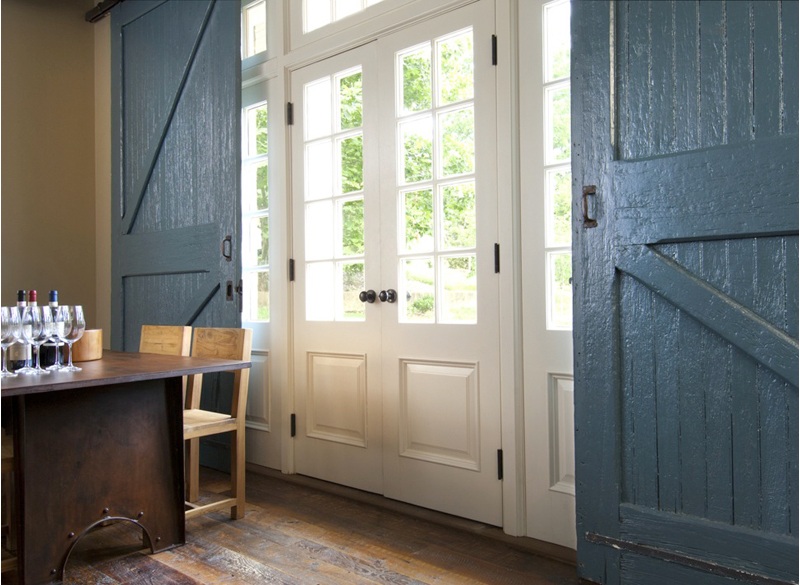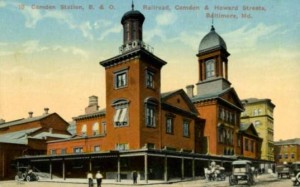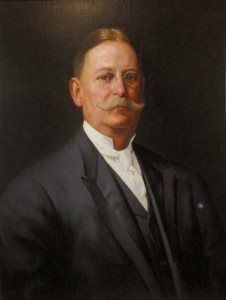
Behind the Scenes Tour of Old Chinatown
Saturday June 1, 2013 from 4:15 pm to 6:30 pm
RSVP Today!
$45 members / $55 non-members
Includes sampling of international food from several restaurants
Limit of 10 people
Beginning in the 1870s, Chinese settlers started arriving in Baltimore from California and other West Coast states. Most had worked as laborers for the transcontinental railroad that was completed in 1869 and came east looking for jobs and to escape a rising level of persecution. In Baltimore near Lexington Market, the immigrants established places of worship (Joss houses), laundries, gambling houses, and restaurants. The original “Chinatown” was in the 200 block of Marion Street and even included a school for 40 children. Baltimore’s Chinatown was relocated to Park Avenue during an urban renewal effort in the 1950s and achieved its peak in the years preceding President Richard Nixon’s historic visit to China in 1972. Today the area has a number of shops and restaurants featuring international cuisine, including of course Chinese.
Please join us and our guide, Ms. Sharon Reuter, on a walking and eating tour that will follow Baltimore’s Chinese immigrants through historic Chinatown along Park Avenue to the present-day hodgepodge of ethnic eateries. The tour will include sampling dishes from Vietnamese/Thai, Ethiopian, and of course Chinese restaurants. It will also include learning about this once-bustling two-block area in the heart of downtown Baltimore and finding out what happened to the vigorous Chinese community and its many restaurants that once inhabited the area and which newer immigrants have since opened restaurants nearby.
The tour will provide an early dinner with a menu of vegetables, legumes, beef, shrimp, pork and duck dishes, along with water, tea and a bottle of Chinese beer. Vegetarian options, with or without shellfish, are available with advance notice. I hope you can join us! Johns






